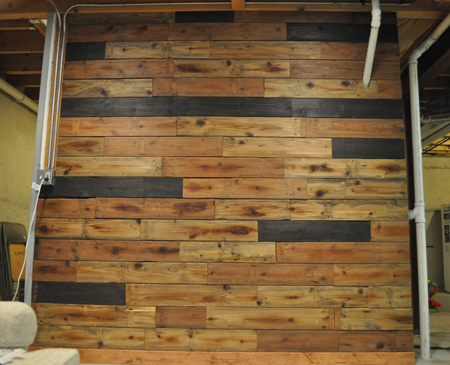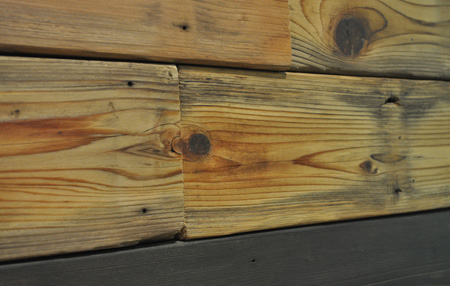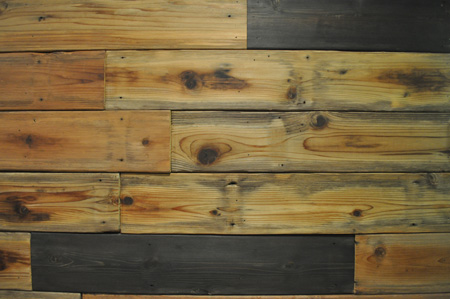Autumn Rhythm (Number 53)

Abstract art is not my thing. I’ll take a Rembrandt over a Jackson Pollock any day…representational realism is more my forte in the art realm. However, I must admit that there can be beauty in abstraction, and that abstraction is easily found within the marvels of nature. JMW Turner’s stormy seascapes (ex. Snow Storm – Steam Boat off a Harbour’s Mouth) are tumultuous walls of spray, movement of water in greens and greys. Vincent van Gogh’s Starry Night features the abstracted motion of heavenly bodies, with explosions of light radiating from stars and moon. Until my master’s program in 2009, I had not realized how common sights around us can capture moments of abstract composition. Murray Tinkelman (pen & ink illustrator and head of University of Hartford’s MFA Illustration program) gave a memorable lecture where he took famous abstract paintings and placed them next to photographs of the streets of New York. Old rusty doorways, paint spillage at a construction site, brick patterns in a wall…each accidental scene perfectly mimicked the matching Rothko or Pollock masterpiece. Murray called it “found art”.
In honor of Murray’s eye-opening lecture, and as an homage to Pollock’s method of titling pieces, we’ll call today’s post Autumn Rhythm (Number 53). The Number 53 in my title refers to 53 reclaimed wood boards I sanded, stained, and installed as a feature wall in my basement. Is a wooden wall considered artwork? Yes! The studs and braces were my canvas. Stain created a similar translucency to my usual watercolor paint. Natural wood grain replaced ink lettering in playing with line, curve, and repetition. But the design principles remained the same as I utilized contrast, balance, movement, and emphasis in arranging each row of boards. The final composition is truly artistic. As with viewing a van Gogh in a museum, peer closely to see nuances of line and color, then step back to enjoy the overall effect of the piece.
In planning the wall, I chose black as an accent color, using two lighter stains on the majority of boards. Within each row I placed boards end-to-end, looking for continuation of line or interesting patterns. I’d step back to see what it looked like from across the room before nailing anything in place. Each board was approximately 30″ long (donated by a friend from a deck her husband tore out and replaced). I cut some boards shorter for aesthetics, or to fit the needed length. My scroll saw came in handy when cutting a curved slot to fit around pipes. Since I don’t own a nail gun, I pre-drill holes. Tip: when pre-drilling, you can cut the end off one of your nails and use that as the bit in your drill. This saves any risk of breaking a regular drill bit and creates the perfect size hole for your nail. I used black finishing nails (typically used in baseboard and trim) so that the visible nail heads would be small and decorative. Working with old, uneven boards, I did check to see that each row was basically level as I worked my way up the wall. Sometimes I had to file down edges or adjust the tilt of a board to maintain an even, horizontal line pattern. Below is the finished result! So, for those of you who never thought of carpentry as artwork, take a closer look at the movement of line and color in wood grain. It may inspire the Abstract Expressionist in you!
So, for those of you who never thought of carpentry as artwork, take a closer look at the movement of line and color in wood grain. It may inspire the Abstract Expressionist in you!
Image credits: Snow Storm – Steam Boat off a Harbour’s Mouth, oil, 1842, JMW Turner; Starry Night, oil, 1889, Vincent van Gogh; Autumn Rhythm (Number 30), enamel on canvas, 1950, Jackson Pollock




